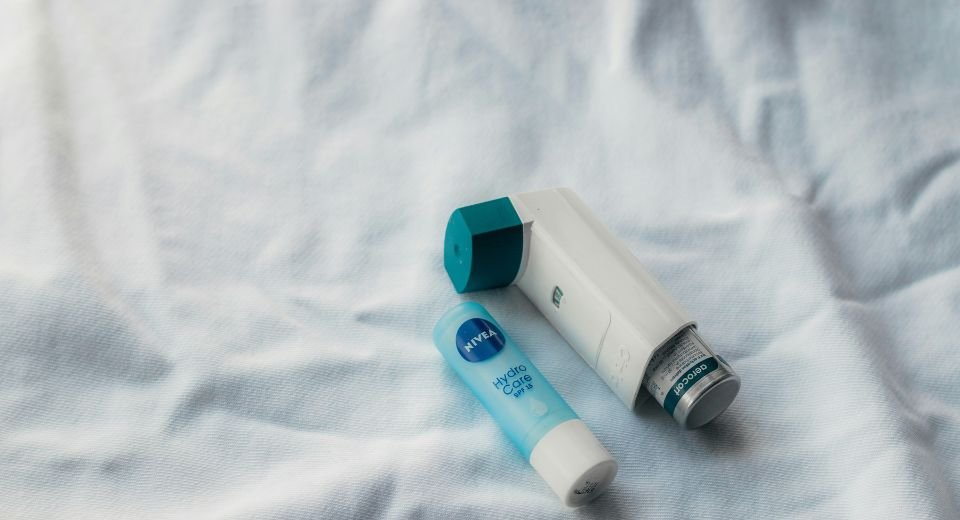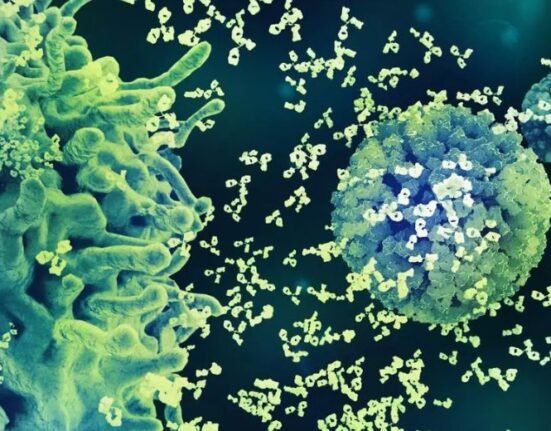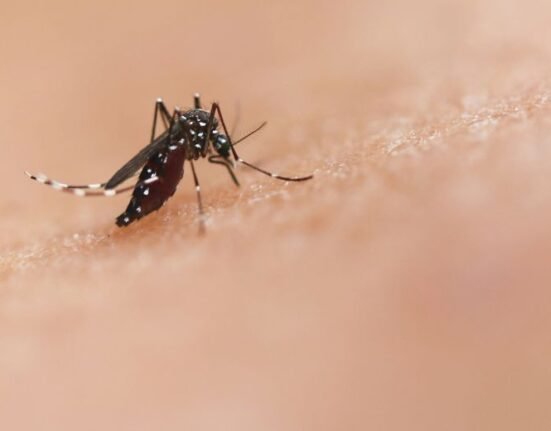HQ Team
May 7, 2025: It was World Asthma Day on May 6, and let us see how India has fared in the face of this debilitating disease. India has over 34.3 million asthma patients, contributing 13% to the global burden. India reportedly accounts for the highest asthma-related deaths in the world at nearly 46%. This shows the lack of awareness and poor management towards preventing asthma in the country.
Asthma, a chronic lung condition that inflames and narrows the airways, affects millions across India. According to the Global Burden of Disease (GBD) report, India’s asthma burden is nearly three times the global average in mortality rates and more than twice the disability-adjusted life years (DALYs) compared to other countries.
What makes the situation even worse is the rapidly deteriorating air quality in many Indian cities. Pollution not only triggers asthma attacks but also worsens symptoms for those already living with the condition. A study on socio-economic factors affecting the prevalence of asthma in India found that rapid urbanisation and pollution have seen asthma turning into an urban disease, with more cases being reported from cities.
Asthma attacks can be life-threatening, and timely management is critical for ensuring that patients lead a normal life said Dr Vikramjeet Singh, Senior Consultant, Internal Medicine, Aakash Healthcare.
There are many misconceptions surrounding its causes and treatment. One common myth is that asthma is just a childhood illness and can be outgrown. Another misconception is that people with asthma should avoid exercise. According to Dr Sushrut Ganpule, Consultant – Chest Medicine, Jupiter Hospital, Baner, Pune, regular physical activity is beneficial for most asthma patients. It helps improve lung function and overall health. Severe asthma attacks can be life-threatening if not treated promptly. Recognising early warning signs and following an asthma action plan can save many lives, added Dr Ganpule.
One of the most important steps in tackling the asthma crisis in India is early screening and diagnosis. Many people with asthma go undiagnosed or are misdiagnosed, leading to delayed treatment and a high mortality rate. In a country like India, where healthcare access can be limited, mobile-based screening tools offer a practical solution, said Dr Manav Manchanda, Director & Head – Respiratory Critical Care & Sleep Medicine, Asian Hospital
In fewer than 30% of people with current wheeze, the diagnosis of asthma was confirmed by a doctor. Even in these diagnosed patients, the daily use of inhaled corticosteroids (ICS) was less than 10%. More than 25% of patients are hospitalised at least once a year probably due to inadequate treatment.
“Make Inhaled Treatments Accessible for ALL”, is the theme of this year’s World Asthma Day it is very important to highlight the importance of ensuring everyone has access to the right medications while also focusing on complementary strategies. Inhaled treatments, when accessible and used correctly, are vital for controlling asthma symptoms. But more than just managing symptoms, the focus must also be on preventing asthma attacks in the first place. This can only be achieved through early screening, treatment, and the use of technology to assist both patients and doctors. Mobile apps and other digital tools can make asthma management easier, more accessible, and more efficient for millions of Indians, said Dr Aakaar Kapoor, CEO & lead medical advisor, City XRay and Scan Clinic Pvt Ltd.
There is a wide urban-rural gap in access to healthcare facilities in India. India may be digitally well-connected, but that does not translate to basic necessities access. Despite 65% of India’s population residing in rural areas, only 33% of doctors and nurses serve in these regions, revealing a notable urban-rural healthcare disparity, according to the World Bank’s 2021 report. Additionally, most of the health workforce is employed in the private sector, with about 60% of inpatient care and 70% of outpatient care in India provided by private facilities.








